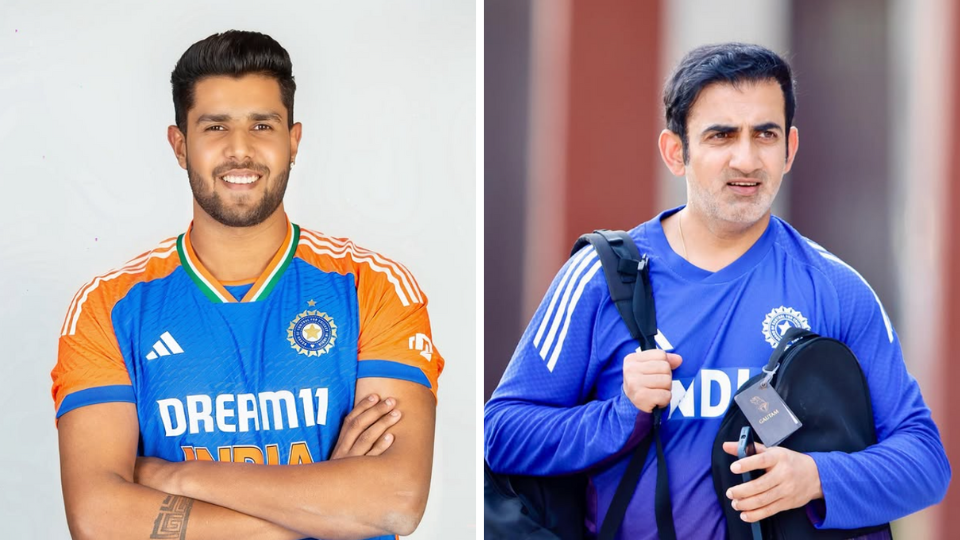
In recent days, sharp criticism directed at young India pace bowler Harshit Rana has sparked debate about accountability in social-media discourse. Former India player and selector Krishnamachari Srikkanth, on his YouTube channel, questioned Rana’s inclusion in the national side alleging favouritism, asking why he “is there” and suggesting he is a “yes man” to the coach. At the post-match press conference following India’s Test series win over West Indies, head coach Gautam Gambhir responded forcefully: critics should not target the person (especially when he is just 23 years old), but critique performance. Gambhir called certain comments “shameful”, if they are made for YouTube views, and urged restraint.
Their exchange highlights a critical question in modern discourse: what responsibilities should public figures, and ordinary users observe when posting commentary about individuals, especially those younger or less established? Young professionals, particularly in high-visibility fields like sports or entertainment, are vulnerable to the psychological effects of harsh commentary. An unfounded comment or implication of nepotism can become magnified through social media, affecting confidence and mental health. Gambhir emphasised this when he said: “If you say such things … how does that affect his mindset?”
When established figures or influencers attack a less experienced person publicly, the balance is unfair. The senior voices command larger reach; the younger individual may not have the same platform to respond or defend. That imbalance should call for even greater responsibility from the powerful. When a celebrated veteran issues disparaging remarks, it signals to fans and followers that harsh personal attacks are acceptable. Conversely, when a leader like Gambhir calls for respectful critique, it elevates discourse.
Some commentary is structured for clicks, not genuine criticism. Gambhir’s remark that targeting a 23-year-old “to run your YouTube channel” is unfair draws attention to the temptation to stoke controversy for audience engagement.
There is a need to put in place guidelines for social media platforms. Certain countires are instituionalising a licensing program for YouTube influencers. Thers is a need to ensure they are checking facts and context. Social media platforms and creators must encourage or enforce norms: a system to flag overly harsh or personal attacks, limit algorithmic boost of incendiary content, and have clearer community guidelines against ad hoc attacks. Audiences too matter. Encourage critical consumption: question sensational commentary, look for balanced voices, and avoid sharing content that degrades someone personally just because it is trending.
This episode opens up a larger question for our sporting ecosystem, and indeed for all public commentary – what does responsible criticism look like in a world where everyone has a microphone? In a digital world where attention is currency, commentary often becomes performance. Opinions are sharpened not to inform, but to provoke. And when those opinions target individuals, especially young athletes just finding their footing, the damage can extend far beyond the field.
Criticism is vital to sport. It drives excellence, demands accountability, and keeps selectors and coaches honest. But when critique becomes caricature, when it trades insight for insult, it weakens the very debate it claims to strengthen. We need a cultural reset in how we talk about performance. That requires principles, not platitudes.
Gambhir’s message was simple but profound – let performance be the subject, not personality. In a country that lives and breathes sport, that’s not just good etiquette; it’s the spirit of fair play itself.
For more updates, follow RevSportz




